As the demand for sustainable agriculture grows, organic farming has become a vital segment of the global food system. This article offers a comprehensive guide to selecting the right fertilizer applicators for organic farms—balancing environmental responsibility with the need for efficiency. Whether you’re growing leafy greens on a small homestead or managing a certified organic grain farm, choosing the right tools is essential for delivering nutrients while preserving soil health and ecosystem balance.
So, what are the most suitable fertilizer applicator options for organic farms? The answer lies in understanding your farm’s size, crop type, and the kind of organic inputs you use—such as compost, manure, or liquid biofertilizers. Unlike conventional synthetic fertilizers, organic amendments often have lower nutrient concentrations and require different application methods. Precision, consistency, and low-impact soil interaction are key.
With an array of eco-conscious machinery now available, you might wonder which equipment offers the best return on investment, maintains organic certification standards, and supports long-term soil vitality. Read on as we explore the top equipment types, efficiency tips, and real-world applications to help you make informed choices for your organic farm.
Contents
- 1 Why Fertilizer Spreaders Are a Must-Have for Gardeners
- 2 Understanding Organic Fertilizer Types
- 3 Equipment Options for Organic Fertilizer Application
- 4 Factors to Consider When Choosing Applicators
- 5 Efficient Spreading Techniques
- 6 Technological Enhancements for Organic Farms
- 7 Maintenance Tips for Longevity
- 8 Recommendations by Crop Type
- 9 Conclusion
Why Fertilizer Spreaders Are a Must-Have for Gardeners

For anyone aiming to maintain a healthy, attractive garden or lawn, fertilizer spreaders are incredibly useful tools. One of their key benefits is that they ensure nutrients are distributed evenly, helping prevent issues like over-fertilized spots that can burn plants or underfed areas that lead to weak growth.
Spreaders also make the fertilizing process quicker and less physically demanding. Hand-spreading can take a lot of time and effort, often with inconsistent results. Using a spreader helps you apply fertilizer more efficiently and accurately, giving you more time to focus on planting, pruning, or enjoying your garden.
They also help minimize waste and runoff by applying the right amount exactly where it’s needed. This not only saves money on inputs but also protects nearby soil and water from excess chemicals.
Lastly, most spreaders come with adjustable settings, allowing you to control the output rate to match your garden’s specific needs. This customization ensures your plants receive the correct amount of nutrients to thrive throughout the growing season.
Understanding Organic Fertilizer Types
Solid Fertilizers:
Solid organic fertilizers, such as compost, poultry litter, and pelletized manure, are widely used for enriching soil structure and providing essential nutrients. They are typically applied using mechanical spreaders, making them suitable for large-scale operations. However, users often encounter issues like inconsistent particle size, which can lead to uneven distribution. Moreover, some solid fertilizers, especially raw manure, may require pre-treatment to reduce pathogens and odors.
Liquid Fertilizers:
Liquid forms—like compost tea, fish emulsion, and liquid seaweed—offer the advantage of quick nutrient availability and are ideal for foliar feeding or fertigation systems. They’re often applied through sprayers or drip irrigation, providing precise delivery to the plant root zone. However, farmers may face challenges such as clogging of irrigation nozzles due to particulate residues in poorly filtered liquid composts. Also, the short shelf-life and instability of certain organic liquids (e.g., fish emulsion) can lead to waste or diminished effectiveness if not used promptly.
Slow-Release Inputs:
Slow-release fertilizers—such as bone meal, feather meal, and rock phosphate—are valued for their ability to provide nutrients gradually over time. This helps reduce leaching and supports long-term soil fertility. However, they present unique difficulties. Their effectiveness depends heavily on microbial activity, which is influenced by soil temperature, moisture, and pH. If not evenly distributed, crops may experience spotty growth due to nutrient imbalances.
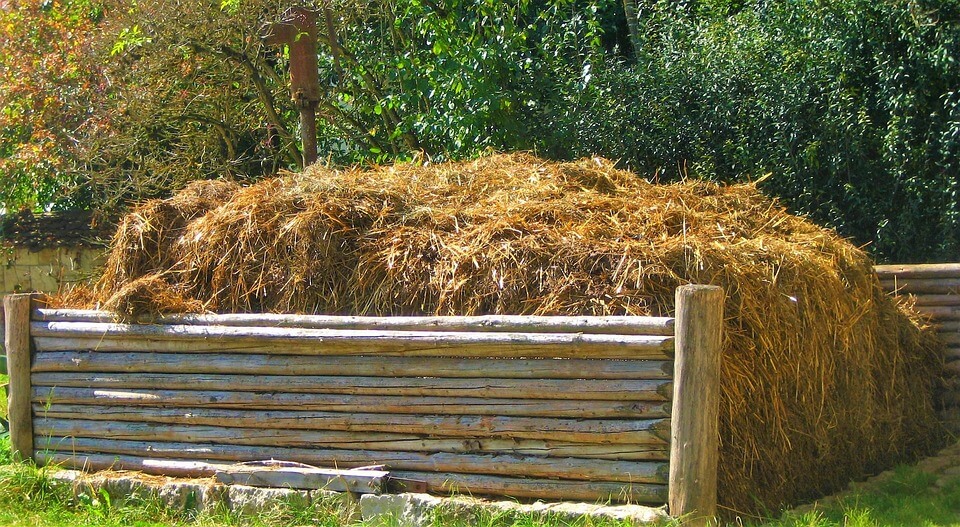
Equipment Options for Organic Fertilizer Application
Compost Spreaders:
These machines are designed to handle dense, bulky materials like finished compost, shredded organic matter, and pelletized fertilizers. They use a horizontal beater or flail system to distribute material evenly. Ground-driven models, which use the motion of the wheels to power the spreading mechanism, are ideal for small farms or gardens without access to tractors. However, users may encounter challenges with clumping and bridging inside the hopper, especially if the compost is too moist or inconsistently shredded. Proper maintenance and occasional agitation may be necessary to ensure flow consistency.
Manure Spreaders:
These are essential tools for distributing raw or semi-composted manure across larger fields. Many come with paddle or auger systems that break up and spread the material effectively. However, raw manure is often high in moisture and corrosive, meaning hopper corrosion and mechanical rusting can become serious issues over time. That’s why models with stainless steel or poly-lined hoppers are recommended for longevity. Additionally, uneven or lumpy manure can lead to blockages in the delivery system, requiring frequent cleaning and adjustment.
Liquid Applicators:
For liquid organic fertilizers such as compost tea, fish emulsion, or molasses-based mixes, boom sprayers and injection systems are commonly used. Boom sprayers allow for wide, even coverage, while injection systems can place fertilizer directly into the root zone, minimizing waste and runoff. However, one of the major user pain points is nozzle clogging, especially if the liquid contains particulate matter. Proper filtration and agitation systems are essential to keep the mix homogenous. Additionally, calibration of pressure and flow rate is crucial—over-application can cause leaf burn, while under-application can limit crop response.
Drop Spreaders:
Drop spreaders offer precise and targeted application, making them particularly useful for raised beds, row crops, or areas with narrow planting zones. They drop fertilizer directly beneath the hopper in a defined path, reducing drift and ensuring minimal waste. However, their narrow coverage width means they require more passes to cover larger areas, which can be time-consuming. They are also less effective with coarse or lumpy materials, which can jam the outlet or lead to streaky coverage.
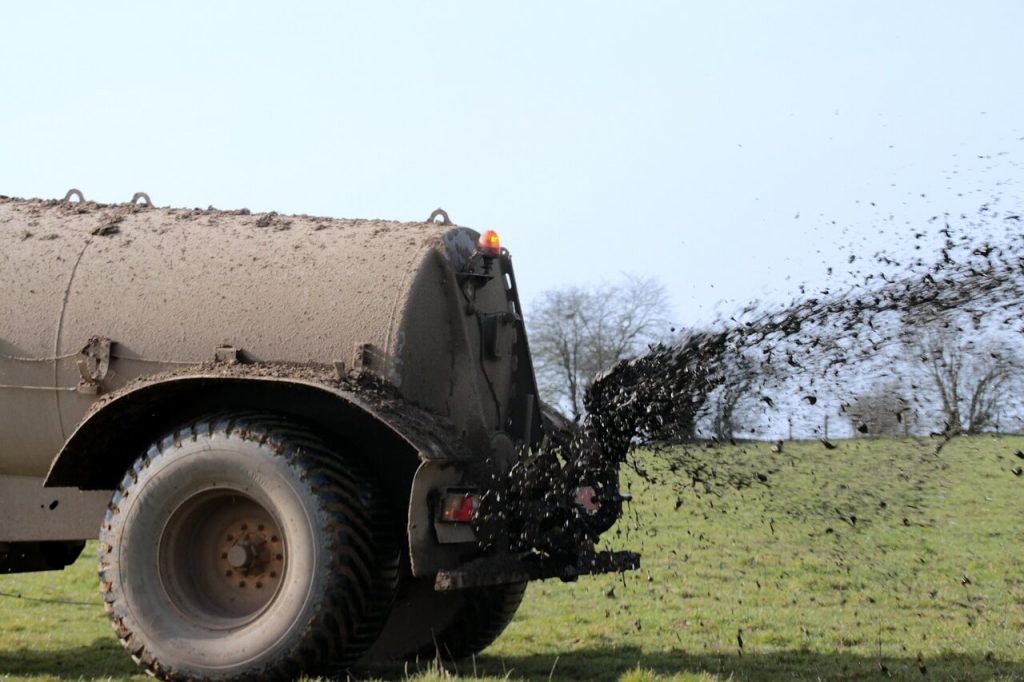
Factors to Consider When Choosing Applicators
Farm Size:
The scale of your operation plays a critical role in determining the right type of fertilizer applicator. Small farms and market gardens often benefit from PTO-driven (power take-off) or tow-behind models that are compatible with compact tractors or even ATVs. These options are cost-effective and maneuverable, especially in tight or irregular plots. However, they may have limited hopper capacity, requiring frequent refills and increasing labor time. For larger farms, truck-mounted or high-capacity tractor-pulled spreaders offer better efficiency over expansive fields. The tradeoff is higher upfront cost and more complex maintenance. In both cases, farmers must evaluate not only the purchase cost but also long-term fuel, labor, and repair costs.
Input Type:
Not all applicators are compatible with all fertilizer forms. For example, solid inputs like poultry litter or compost require heavy-duty agitators to prevent clumping, while liquid inputs demand sprayers with corrosion-resistant parts and fine filters. Using the wrong applicator can lead to system clogs, equipment damage, or inefficient nutrient delivery. Also, materials with variable particle sizes or moisture content—such as semi-composted manure—can be particularly tricky, necessitating adjustable settings or pre-processing (e.g., screening or drying). Users should always verify that their equipment is compatible with their chosen input before purchasing, and consider models with interchangeable components for versatility.
Efficient Spreading Techniques
Even Application:Uneven spreading can lead to nutrient hotspots or barren patches, causing poor crop uniformity. Over-fertilized zones may suffer from nutrient burn or runoff, especially during rain. Achieving even coverage is especially difficult with irregular particle sizes. Users should monitor spread patterns and adjust equipment as needed;Multiple Passes:When applying low-concentration organic fertilizers, one pass often isn’t enough to meet nutrient needs. Multiple passes ensure proper coverage without overloading soil at once. However, this increases labor, fuel use, and time. Overlapping too much can waste inputs, while gaps leave plants underfed.
Calibration is essential to maintain application accuracy and prevent under- or over-fertilization. Many users skip regular calibration due to time constraints or unfamiliarity with equipment settings. However, even minor misadjustments can result in poor yield and wasted resources. Recalibration is especially critical when changing material types;Wind can drastically affect lightweight materials like dry compost, ash, or powdered amendments. These can drift off-target, leading to uneven application or neighbor complaints. Strong gusts may require delaying application or switching to a heavier product. Using wind shields or applying during calm periods helps improve precision.
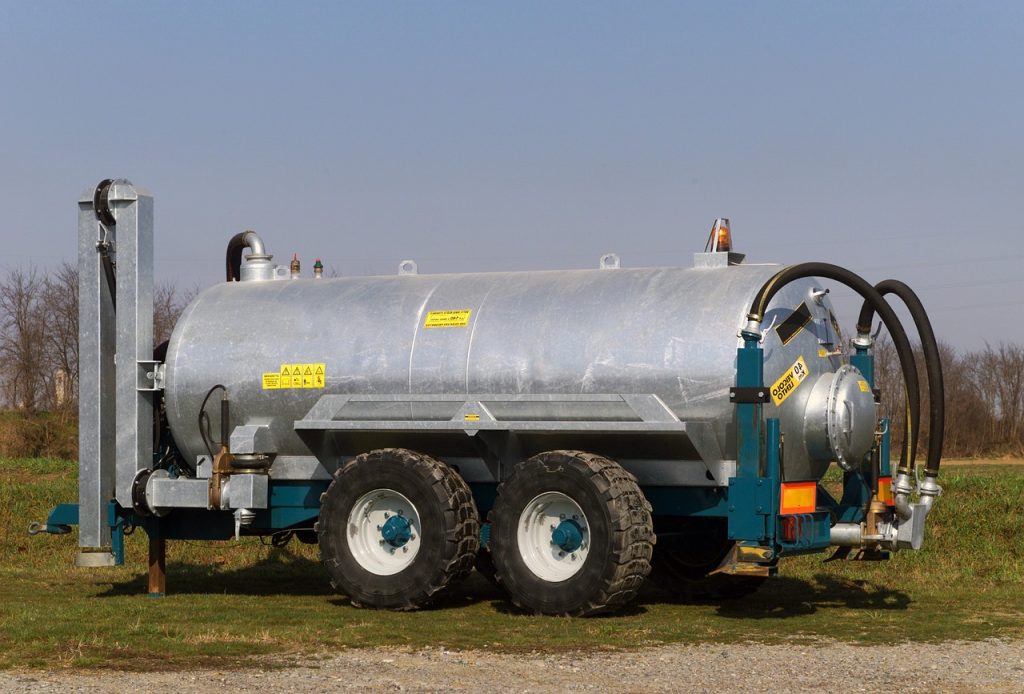
Technological Enhancements for Organic Farms
Modern technology is playing an increasingly important role in improving efficiency and sustainability on organic farms. GPS-guided spreaders are a prime example—by using satellite-based positioning systems, they help farmers reduce overlap during fertilizer application, minimize input waste, and ensure consistent nutrient distribution across the field. This precision is particularly valuable in irregularly shaped plots or when applying expensive organic inputs. Smart flow controllers further enhance application accuracy by automatically adjusting the fertilizer output in real time based on tractor speed, terrain variation, or field conditions. This prevents under- or over-application, especially when operating on slopes or uneven surfaces.
For small-scale or eco-conscious farms, battery-powered applicators are becoming a popular choice. These units offer quiet, emissions-free operation and are ideal for greenhouse environments, raised beds, or intensive market gardens where maneuverability and environmental impact are key concerns. Together, these technological tools not only increase productivity but also support the core principles of organic farming—efficiency, soil health, and environmental stewardship.
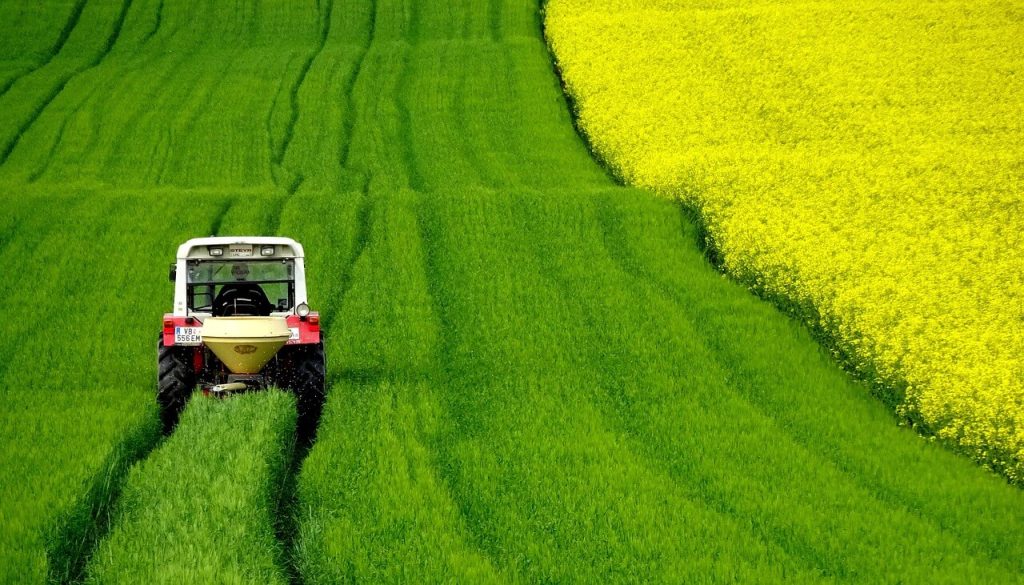
Maintenance Tips for Longevity
Proper maintenance is essential to ensure the long-term performance and reliability of organic fertilizer applicators. One of the most critical practices is corrosion control—equipment should be thoroughly cleaned after each use, especially when handling highly corrosive materials like raw manure, compost tea, or fish emulsion. Residue left on metal parts can accelerate rusting, damage components, and reduce efficiency over time.
Routine lubrication of chains, bearings, and moving parts is equally important to minimize friction, prevent premature wear, and keep the equipment running smoothly throughout the season. Many farmers overlook this step, leading to costly repairs that could have been avoided. Additionally, following a consistent inspection schedule—ideally before and after each major use—helps catch potential issues early, such as cracked hoses, loose bolts, or clogged nozzles. Regular checks not only reduce the risk of mid-season breakdowns but also contribute to safer, more efficient field operations.
Recommendations by Crop Type
Choosing the right fertilizer applicator depends heavily on the crop being cultivated, as each type has unique nutrient delivery needs and field constraints. For vegetables, precision is key—drop spreaders and boom sprayers are ideal because they allow targeted application along rows or within raised beds, reducing waste and minimizing contact with edible parts of the plant. This is particularly important in intensive vegetable systems where over-application can harm tender crops or affect flavor.
In orchards and vineyards, where space between rows is tight and foliage is dense, low-clearance liquid applicators are recommended. These units can navigate narrow pathways and deliver nutrients directly to the root zone or base of trees and vines without disturbing the canopy. For grain crops, which typically span large, open fields, manure spreaders or large-scale compost applicators are the most efficient. These machines can handle bulk organic materials and cover wide areas quickly, making them suitable for high-acreage systems where timely application is crucial for yield consistency.
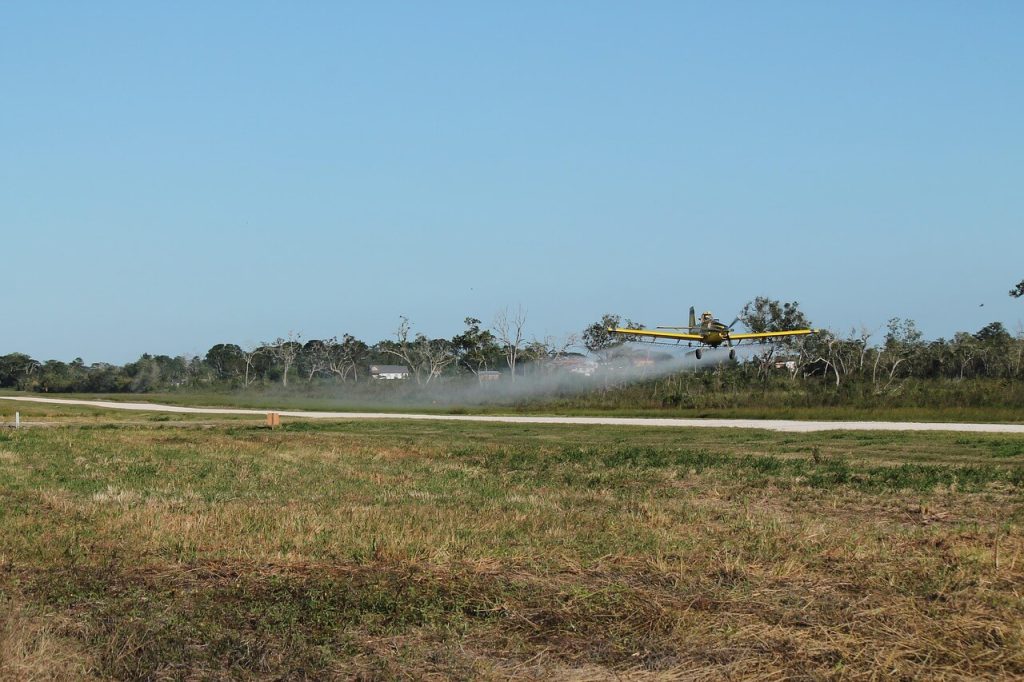
FAQs
Can I use a fertilizer spreader for other tasks?
Absolutely. Most fertilizer spreaders are versatile enough to handle materials like grass seed, lime, or other dry granules. Just be sure to thoroughly clean the spreader after each use to avoid mixing different substances, which can affect performance or harm plants.
How often should I clean my spreader?
It’s best to clean your spreader after every use. This prevents buildup, rust, and mechanical issues. Rinse the hopper and moving parts well, and make sure everything is dry before putting the tool away to extend its lifespan.
When should I apply fertilizer?
The ideal time to fertilize is during the plant’s active growth phase, when it can make the most of added nutrients. Avoid spreading before strong winds or heavy rain, which can cause uneven distribution and nutrient runoff.
Final Thoughts
Fertilizer spreaders are essential tools for maintaining healthy crops, lawns, and gardens. By helping distribute nutrients evenly, they increase efficiency, reduce input waste, and save time and energy. Whether you’re a hobby gardener or managing a larger farm, choosing the right spreader—and using it correctly—can make your work easier and your results more rewarding. A well-maintained spreader is a simple but powerful ally in creating lush, thriving landscapes.
Conclusion
Organic farming requires tools that support environmental integrity while achieving reliable results,The right fertilizer applicator can significantly enhance productivity, maintain certification, and support soil regeneration.
MINNUO Agricultural Machinery offers a range of eco-friendly, high-performance applicators designed specifically for the organic market. Backed by decades of engineering experience and responsive service, MINNUO is the trusted partner for forward-looking organic farmers seeking both precision and sustainability in their fertilizer delivery systems.

